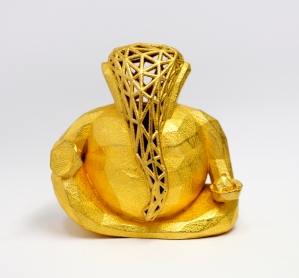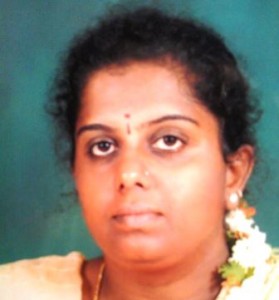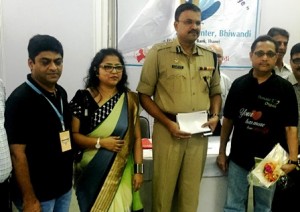Girish Mohanty found inner peace after his son’s death and his subsequent divorce. Today, he lives a life of complete contentment.
It is the worst nightmare of any parent’s life – to lose a child. My son, Biplab, was a talented singer and a Grade A student. We moved to Mumbai from Kolkata in the early 1990s, because he wanted to study music and we found an excellent teacher here. My wife, Shoma, and I found jobs here and we lived in a beautiful rented apartment before finding our own home four years later.
Monu – as I called Biplab – fell ill one day. He must have been about 14 years old. He was nauseous, feverish and said his throat was raw. He recovered after resting for a few days, then fell ill again. This time, he developed pain in his joints. Doctors diagnosed it as a form of viral fever. He was better after medication, and there were no further episodes for a few months. Then one day, he fell ill again and became unconscious while playing.
We rushed him to hospital, but he never regained consciousness. The doctors told us it was a form of brain haemorrhage, that his chances of waking up were minimal. They also said that his earlier symptoms had nothing to do with his present condition. They could offer no proper explanation about his illness. My son passed away four days later. He was only 16.
I cannot even remember the months of agony that followed. I think I blanked it out from my mind. What I do remember is that Shoma and I had nothing to say to each other. It seemed like Monu had been our only link to each other for years now. I wonder what couples who lose their children talk about? Most of our conversations were about the house and our son before his death. With him gone, it was like two strangers living in a house.
She developed depression. She blamed herself constantly for the death, she also blamed me. She ranted at me, cried all the time, refused to come to terms with the death. I tried looking after her, but she seemed to have developed hatred towards me. In desperation, I asked her older sister to take her away for a while, so she could recuperate. I also wanted to deal with my own grief, I needed to clear out Monu’s belongings so that I would not go mad at the sight of them. I realised that I was becoming suicidal. My best friend in the city took me to a therapist so that I could talk about my grief. Those sessions helped a lot, but not completely.
Shoma was better at her sister’s house, especially bonding with their pet dog. But slowly I realised that she did not want to return. “I cannot live in that house,” she whispered on the phone. “I think of him constantly…I can’t come back…” I asked her if we should move back to Kolkata, since we had a house there. We tried it for a few months, but we argued constantly. I finally realised that she did not want to be with me – I reminded her of Monu.
Two years later, we were divorced. She continues to live in our home in Kolkata, I send her money for expenses, I call her on her birthday. Meanwhile, I have turned Monu’s room into a study and I take private tuitions for Class 10 students there. Every year, I honour 10 bright but poor students in Monu’s name by paying their school fees. I have found a public garden whose gardener lets me potter about and help him. My friend suggested I get a pet dog, and I did – Kulcha is now two years old and loves to boss me. I go out for drinks with friends, I started a small Internet-based business from home and I can say that I am totally content with my life.
Of course I think of Monu all the time. He would have been in his late 20s today. Some people say that I have been heartless towards Shoma, leaving her alone in Kolkata. But I realised that she needed to grieve alone. Monu was her entire world, and it is my duty to honour her wishes if she wants to process his death in her own way. I would love to have her back in my life and I have told her so. Till she returns, however, I am making the most of my time. I am a senior citizen who is totally alone. But I owe it to myself to be happy and content.
‘Grey Space’ is a weekly column on senior citizen issues. If you have an anecdote or legal information, or anything you feel is useful to senior citizens, caregives and the society at large, feel free to get it published in this space. Write to editor@themetrognome.in or on Facebook at www.facebook.com/Themetrognome.in and we will publish your account.
(Picture courtesy www.huffingtonpost.com. Image is used for representational purpose only)










